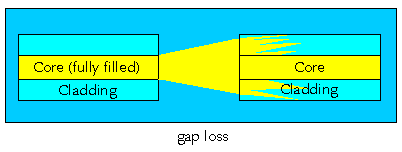Search Keyword By: G
GAA
Generic Authentication Architecture
gain of an antenna
Synonym antenna gain.
galactic radio noise
Synonym cosmic noise.
gamma correction
In video, the insertion of a nonlinear output-input characteristic for the purpose of changing the system transfer characteristic. [IEEE 100] Note: Historically, gamma correction was a precompensation applied to the video signal at the camera to correct for the nonlinearities of the CRT (i.e., the power function of the electron gun) and, as such, it was the inverse of the electron gun function. It is now widely used, however, to describe “the total of all transfer function manipulations” (i.e., including departures from a true power-law function), whether inherent or intentionally introduced to act upon the video signal for the purpose of reducing the bandwidth for signal processing, making the image on the final display conform to preconceived artistic objectives, or providing noise suppression, or even bit-rate reduction.
gap loss
The power loss that occurs when an optical signal is transferred from one fiber to another that is axially aligned with it, but longitudinally separated from it. Note: The gap allows light from the “transmitting” fiber to spread out as it leaves the fiber endface. When it strikes the “receiving” fiber, some of the light will enter the cladding, where it is quickly lost. [After FAA] 2. An analogous form of coupling loss that occurs between an optical source, e.g., an LED, and an optical fiber. Note: Gap loss is not usually significant at the optical detector, because the sensitive area of the detector is normally somewhat larger than the cross section of the fiber core. Unless the separation is substantial, all light emerging from the fiber, even though it diverges, will still strike the detector. Synonym longitudinal offset loss. [FAA]


